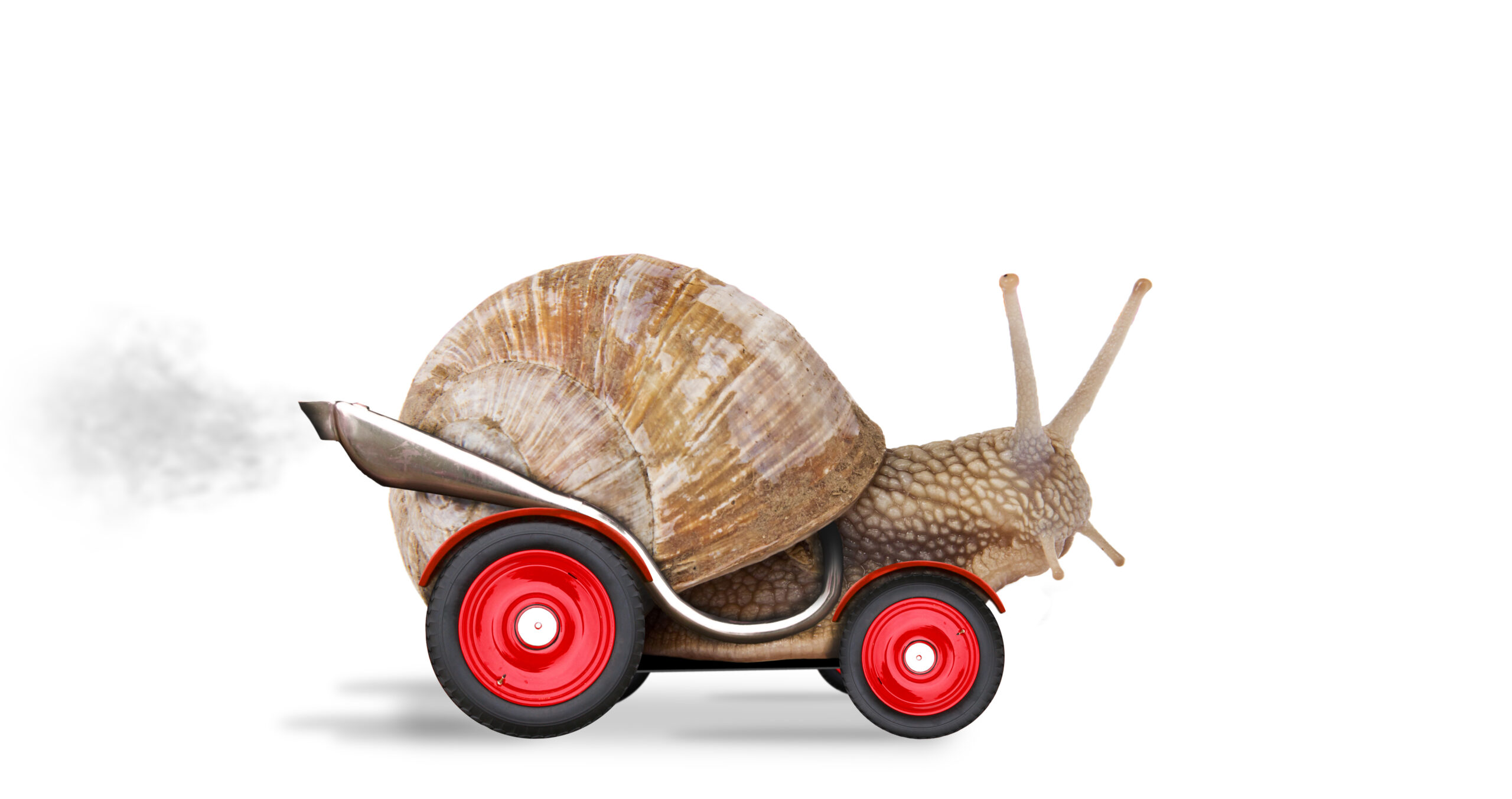By Jason Tam
Ever wondered how some doctors seem to be able to read FB during the day and still see a large volume of patients? It all comes down to simple math. 1.5 minutes extra per patient may not seem like a long time, but add that up across 60 patients and you’re working for 90 minutes more per day. Let’s look at some simple scenarios. Many doctors spend about 3 minutes at the chair per visit, on average, considering that some visits take more time than others. Imagine an average practice seeing 80 patients per day.
Doctor A 3 minutes X 80 patients= 240 minutes or 4 hours
Doctor B 1.5 minutes x 80 patients= 120 minutes or 2 hours
Doctor C 1.5 minutes X160 patients=240 minutes or 4 hours
As you can see, making a change of just 1.5 minutes per visit can leave Doctor B with another 2 hours of free time. Meanwhile, Doctor C can see 160 patients in the same time as Doctor A sees 80, yet still work the same amount of time. Now let’s consider consultations. This is where many offices begin to run behind, since the doctor spends about 10 minutes not being able to keep the clinic moving. Let’s consider doing 6 consults a day.
Doctor A 10 minutes X 6 consults= 60 minutes
Doctor B 3 minutes X 6 consults= 18 minutes
Doctor C 3 minutes X 20 consults= 60 minutes
Making the necessary changes to get faster will actually increase your conversion rate in addition to saving you another 42 minutes per day of work. Again, looking at it another way, Doctor C can see about 20 consults in the same amount of time that Doctor A sees 6 consults. Putting them together, Doctor A takes 5 hours to see 86 patients including 6 consults. Doctor B can see 86 patients and have an extra 2 hours and 42 minutes to check emails, do ClinChecks, work on office projects, read blog posts, or check FB/play candy crush. Doctor C can see 180 patients including 20 consultations. Naturally, these time differences are magnified as you see more patients, with the amount of time spent in consults having the largest impact. Think about the impact on the capacity of your practice if you make these changes and don’t forget that patients and parents have other things to do so going faster enhances the patient experience and increases patient comfort. If others have done it then it’s probably possible…
Lead by example and encourage your team to treat every second of the patient day as valuable. Making small changes to your average visits and consultations can have a significant change to your office’s capacity and your own free time!

